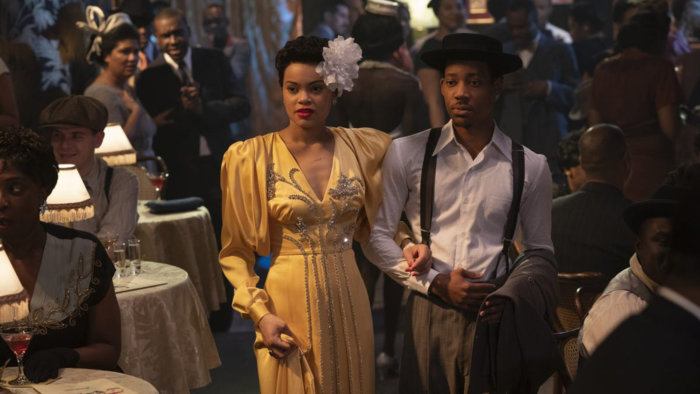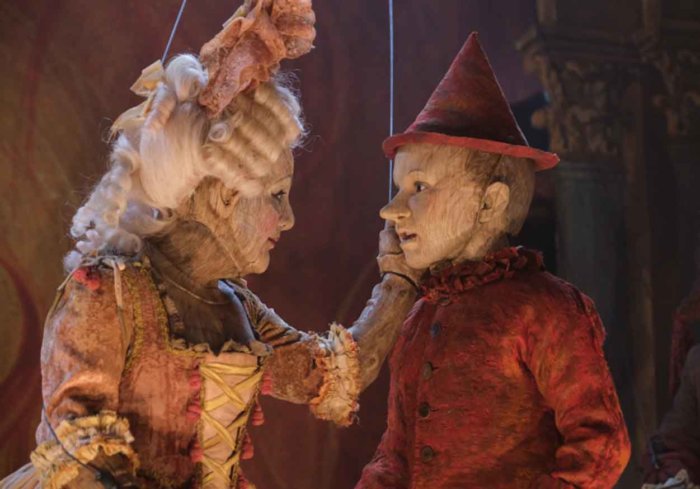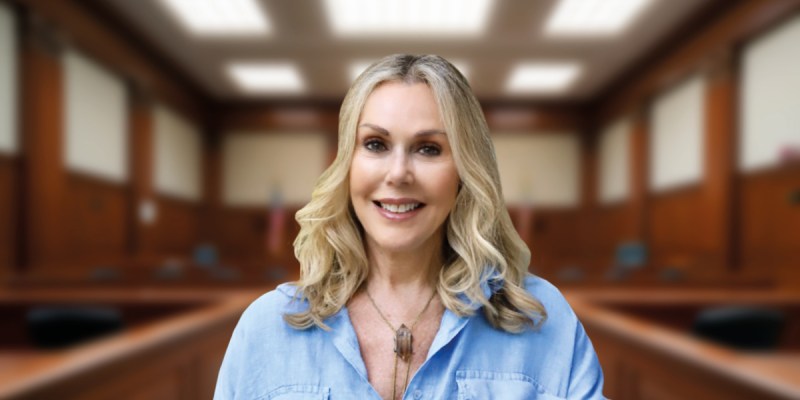By Luz Lancheros, MWN
Mulan (Bina Daigeler)
The designer did extensive research on Chinese history and its dynasties to add various elements from the heyday of the ancient Empire and mix them with vivid and representative colors. Especially in the case of Mulan (Liu Yifei), who uses red as a symbol of good luck, beauty and joy, combined with Wuxia-style armor. This genre, so popular for merging martial arts, mythology and fantasy, was inspiring to give majesty and strength to other characters.

The United States vs. Billie Holiday (Paolo Nieddu)
Nieddu had access to Prada’s archives and seamstresses, as well as designers and fabric collections. By reviewing the iconic jazz singer’s looks, he recreated some outfits and developed others from scratch. Likewise, from several of the brand’s collections and with colors, silhouettes and patchwork, several unique pieces were made for the feature film starring Andra Day. The designer also stuck to Billie’s photographic references to add glamour and luxury. Nieddu complemented this with headpieces and jewelry, including the singer’s famous gardenia.
Ma Rainey’s Black Bottom (Ann Roth)
The legendary blues singer Viola Davis of the 1920s appears in this film at the peak of her career. With her wardrobe, she asserts herself against an openly racist society. Ann Roth used brocade and velvet to create that luxurious and powerful, yet sensual and risqué looks, which she flaunted with her gold teeth, beading and dark makeup. Ma is the counterpart to Levee Green, the last great posthumous role of Chadwick Boseman, who is her trumpet player and has, throughout the movie, creative discussions with Rainey. The costume designer recounted how the actor was interested in constructing every detail of the wardrobe, including the yellow aspirational shoes he buys in the drama film, which mark how he wants to stand out among other men.
Mank (Trish Summerville)
Screenwriter Herman J. Mankiewicz, who did the story of “Citizen Kane” (Gary Oldman) and actress Marion Davis (Amanda Seyfried) appears in colors common at the time, such as salmon, eggplant and burgundy, as well as multiple textiles, such as cloth and lamé (which was starting to come into fashion). It gave realism and consistency to David Fincher’s film, which despite being in black and white, captures different shades of color because they were not meant to look so flat and dull on screen.

Pinocchio (Massimo Cantini Parrini)
The designer has knowledge of fashion history. He applied it to combine the grotesque, anachronistic and poetic for this new version of the popular fairy tale, where he uses references from the 18th and 19th centuries, which are seen in the dress of the Fairy with Turquoise Hair, as well as in the costumes of Gepetto (Roberto Benigni), Pinocchio himself, the Cat and the Fox.
Emma (Alexandra Byrne)
Byrne faithfully recreated the period of the British Regency in the late 1810s. To do so, she relied not only on portraits and fashion of the period (Empire cut dresses, pastel tones and ruffles) but also made replicas of some dresses of that period found in museums. She also used old fabrics to create new pieces.































